All prices listed are in USD.
Whoever said “the best things in life are free” obviously never dabbled in high end audio. That’s not to say you can’t improve the sound of the system you already have with some judicious tweaking. You absolutely can, with a modest investment in time and money. In that spirit, I’d like to share with you some of my favorite free or affordable tips, tweaks, and gadgets for improving the sound of just about any audio system. These are listed here in no order of preference — each can make a significant difference and is as worthy of consideration as the next. I’ve also included related links for additional information.
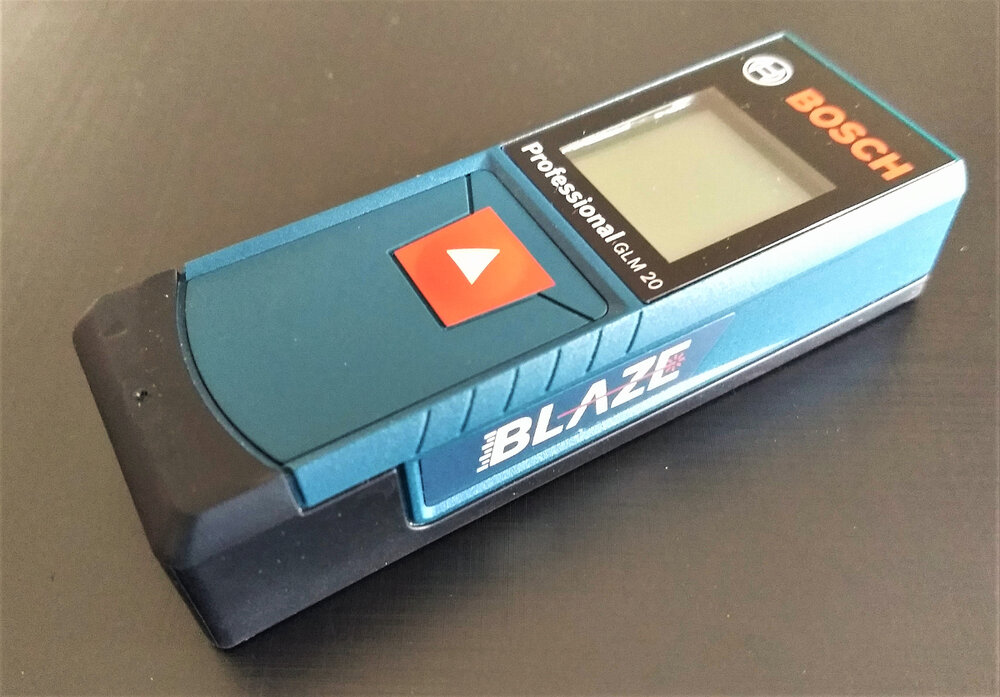
Proper loudspeaker Placement: The importance of this one can’t be overstated. It can make a night and day difference. It may even bring about the biggest difference in sound quality over any other suggestion listed here. You know you’ve gotten it right when the sound field snaps into focus, and the loudspeakers have seemingly vanished inside it. Plus, setting up speakers is basically free, requiring at most a tape measure, although I recently purchased a Bosch Blaze laser measurer GLM 20 ($40) to facilitate the process. Depending on the speaker design, I’ll rely on two placement models: the Cardas “Golden” model and the Dynaudio model. The Cardas model employs a ratio based on the Fibonacci sequence, and is a nearfield setup — the listener is closer to the speakers than the speakers are to each other — while the Dynaudio model uses a “rule of fifths” method to offer a wider and more distant listening perspective. In a room with equal sides and few surfaces, the more the measurements adhere to these models, the better the sonic yield, but in a room with a lot of weird reflective surfaces, it may be necessary to tweak the positioning of each speaker individually.
Also, when it comes to subwoofers, you don’t want to hear the subwoofer as a separate entity from the loudspeakers. Seamless integration is paramount, which usually means placing the sub not too close to a corner to avoid boominess, or too far into the room to avoid an absence of low-end energy. That said, one of my REL-brand subs is designed to produce deep bass only with corner placement, so make sure to check the user manual and experiment until you find a balance between bass that is underwhelming and excessive.
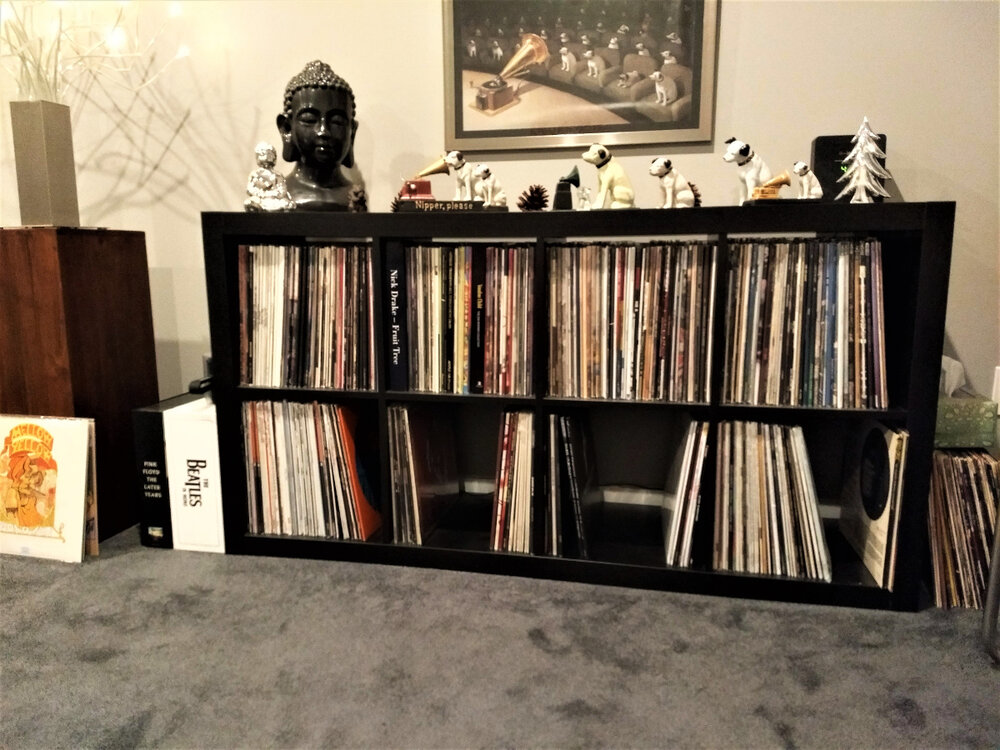
Room Treatments: A room with bare walls and floors is akin to an echo chamber. The loudspeaker end of your room should be more damped with less reflective sound, while the listening position end of the room will benefit from some mix of reverberant and diffuse sound. Professional wall treatments are expensive, but you can often make do with stuff you have hanging around the house. Place bookcases and racks (inexpensive choices abound at IKEA) holding LPs, CDs or books behind the listening position to minimize the effects of unwanted reflections.
Rugs will also help tame excessive reflections from wood or concrete floors, and wall hangings, overstuffed pillows, and textiles can also be judiciously placed to absorb excess bass and treble energy (IKEA is a good source for those as well). Try not to go overboard with absorptive materials; too much can render your music lifeless and dull.
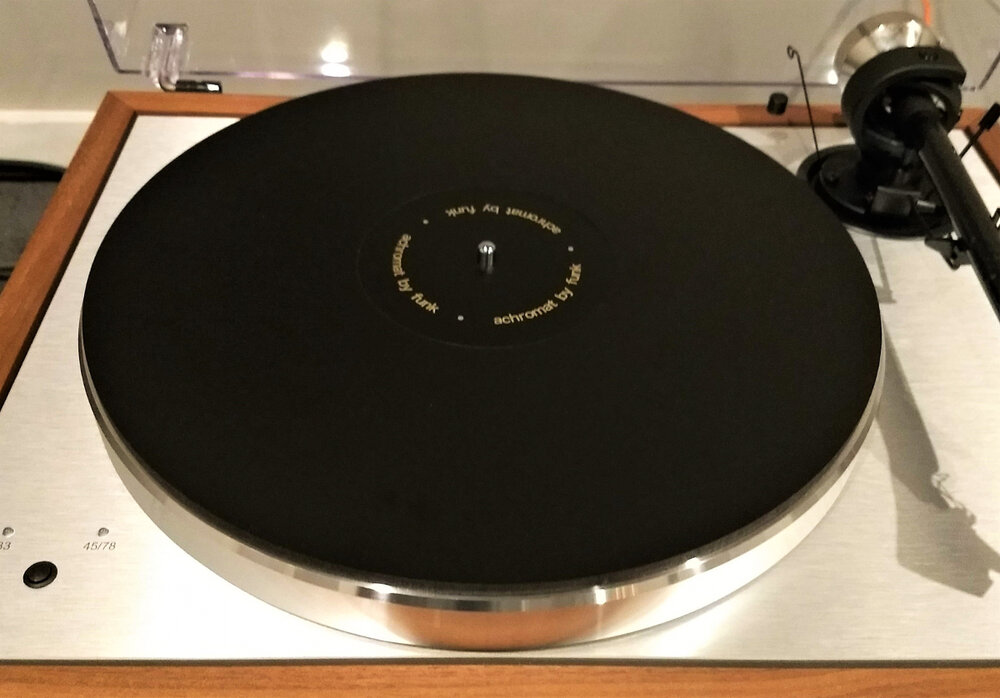
Analog Enhancements: I recently acquired a Funk Firm Achromat ($99) platter mat for my ProJect Classic turntable. The Achromat is designed to combat airborne vibrations that can sometimes move from the turntable’s plinth through the bearing/subplatter assembly to the platter. During playback, this “chatter” is often transferred to the LP, and subsequently to your stylus as it traces the record groove. The Achromat is made from a glass-fiber material infused with millions of tiny bubbles to help to dissipate unwanted vibrations on a microdynamic level. This allows the stylus to better navigate the LP’s surface, resulting in improved clarity in the overall sound.
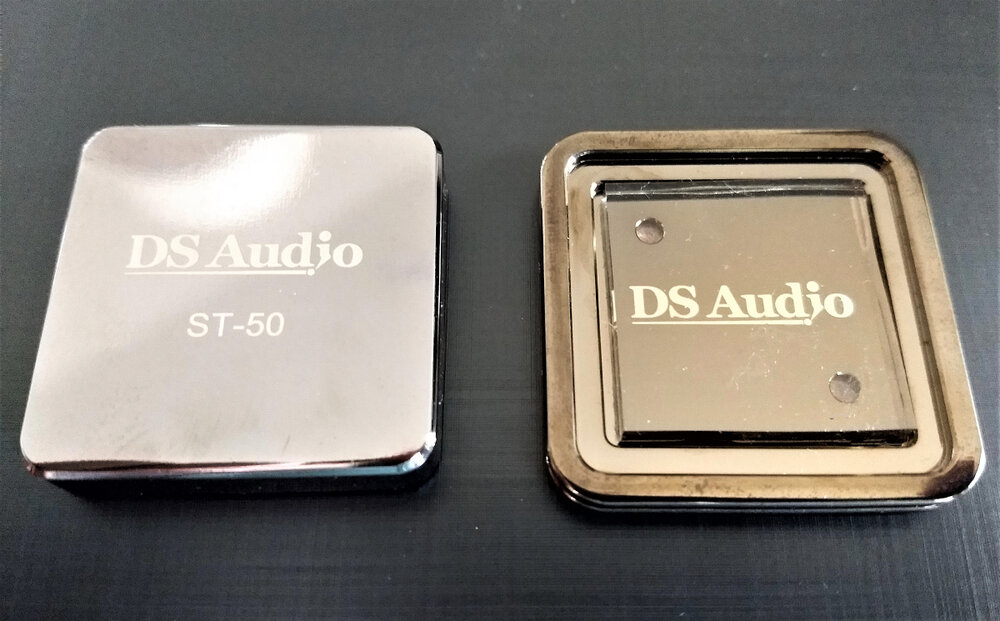
A pristine stylus is also critical for achieving good LP playback. My favorite cleaning solution is the DS Audio ST-50 ($80) stylus cleaner. A clear urethane pad is encased in a small metal housing; you simply place the half of the case that contains the pad on your turntable platter, then gently lower the stylus several times onto the pad. As the stylus dips into the pad, all traces of gunk and grunge are removed. It’s a truly elegant solution that does away with the need to use potentially damaging brushes or fluids.
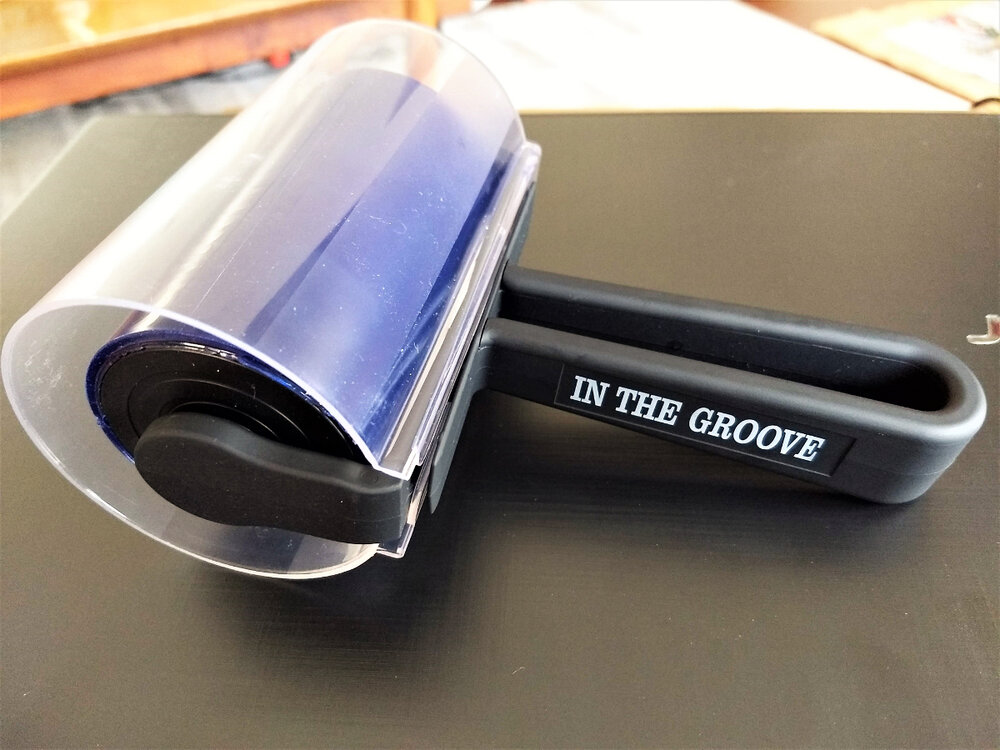
I use an adhesive record cleaning roller from In The Groove ($25); it’s not intended for deep cleaning LPs, but it works wonders with new LPs that arrive encased in paper inner sleeves. New LPs are invariably covered with paper dust; the roller is perfect for removing that coating of dust from the LP surface and out of the grooves. And the roller’s surface can be easily restored by rinsing with warm running water. I took a chance on this one and haven’t been disappointed in the least!
Digital Enhancements: The USB interface has become the standard for file streaming from your computer to your digital to analog converter (DAC) and to your system. That said, USB can be the noisiest of all computer connections, which is why devices exist to help minimize that noise. My favorite is the AudioQuest JitterBug ($69); it plugs directly into your USB output and into the USB cable connected to your DAC or amplifier. Said to reduce digital jitter and packet noise, the JitterBug in my system provided an enhanced level of clarity. Adding a second unit to an empty adjacent USB port increased that effect.
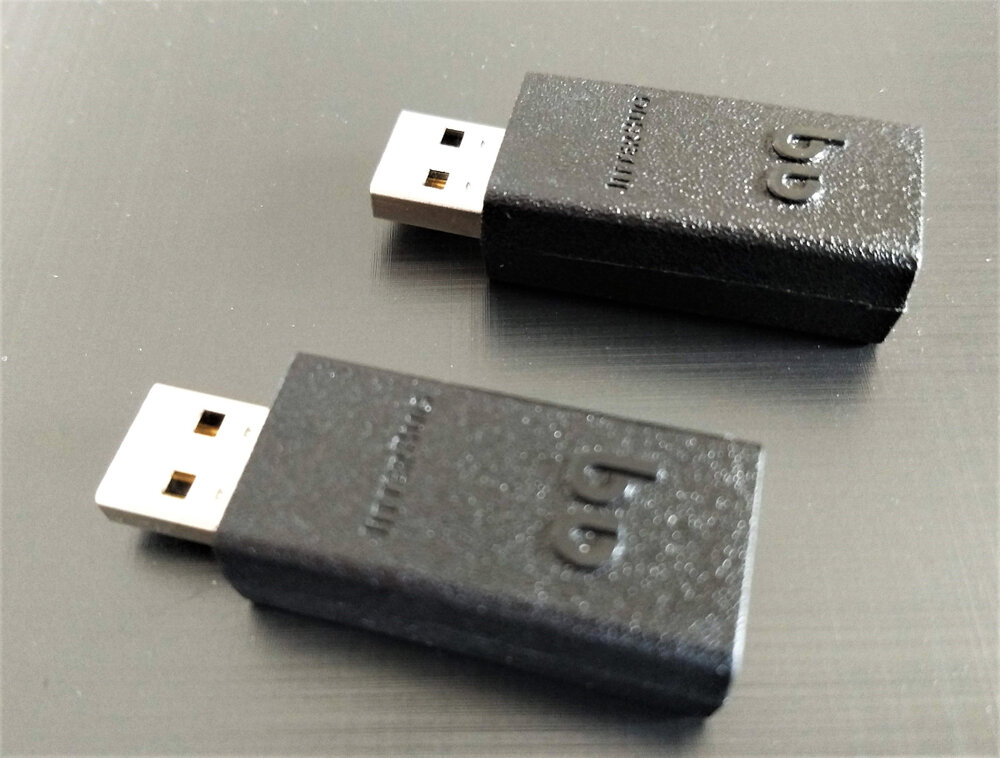

For those just getting into digital file streaming and not owning a stand-alone DAC, check out the AudioQuest DragonFly series of portable DACs. They range in price from $100 (DF Black) to $300 (DF Cobalt) and support file playback from CD quality to higher resolution 24-bit/96kHz digital files. Attached to your computer, they’ll send a very high-quality analog signal to your stereo system, headphones, or a pair of powered loudspeakers.
Music Streaming Services: A high-quality digital music service is one of the cheapest ways to hear lots of good-sounding music for not much money. Tidal ($20/mo.) or Qobuz ($15/mo.) will give you access to millions of tracks; there’s no easier way to get access to so much music for such a small monthly expenditure. If you buy an LP or CD monthly, you’ve already exceeded what you’d pay to access an infinitely larger music library. With an AudioQuest DragonFly, you can access Tidal’s MQA audio codec, unlocking the potential for even better sound quality.
I hope that you find my suggestions helpful and useful, and that they increase your enjoyment of music. Happy listening!










Leave a Reply